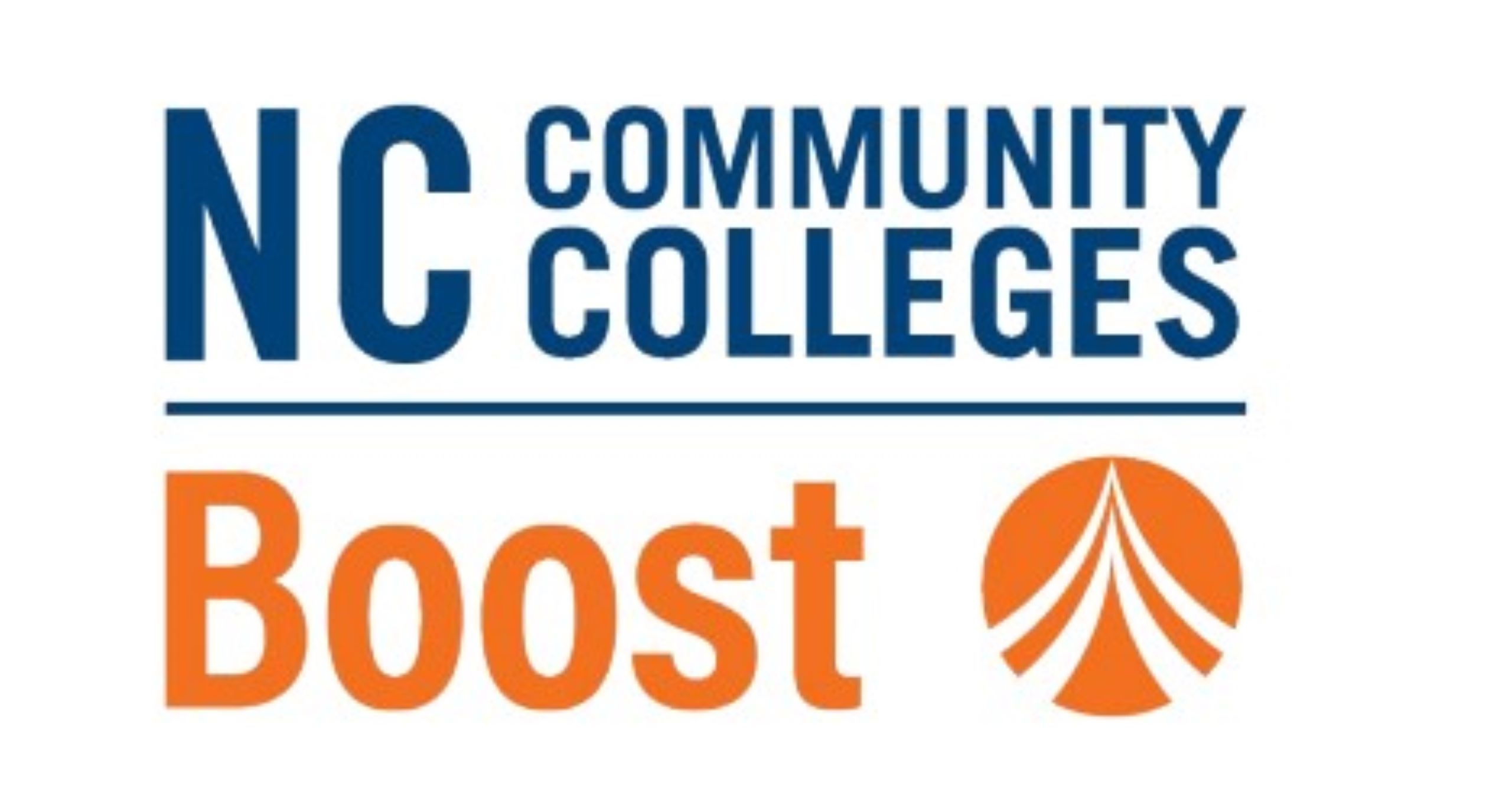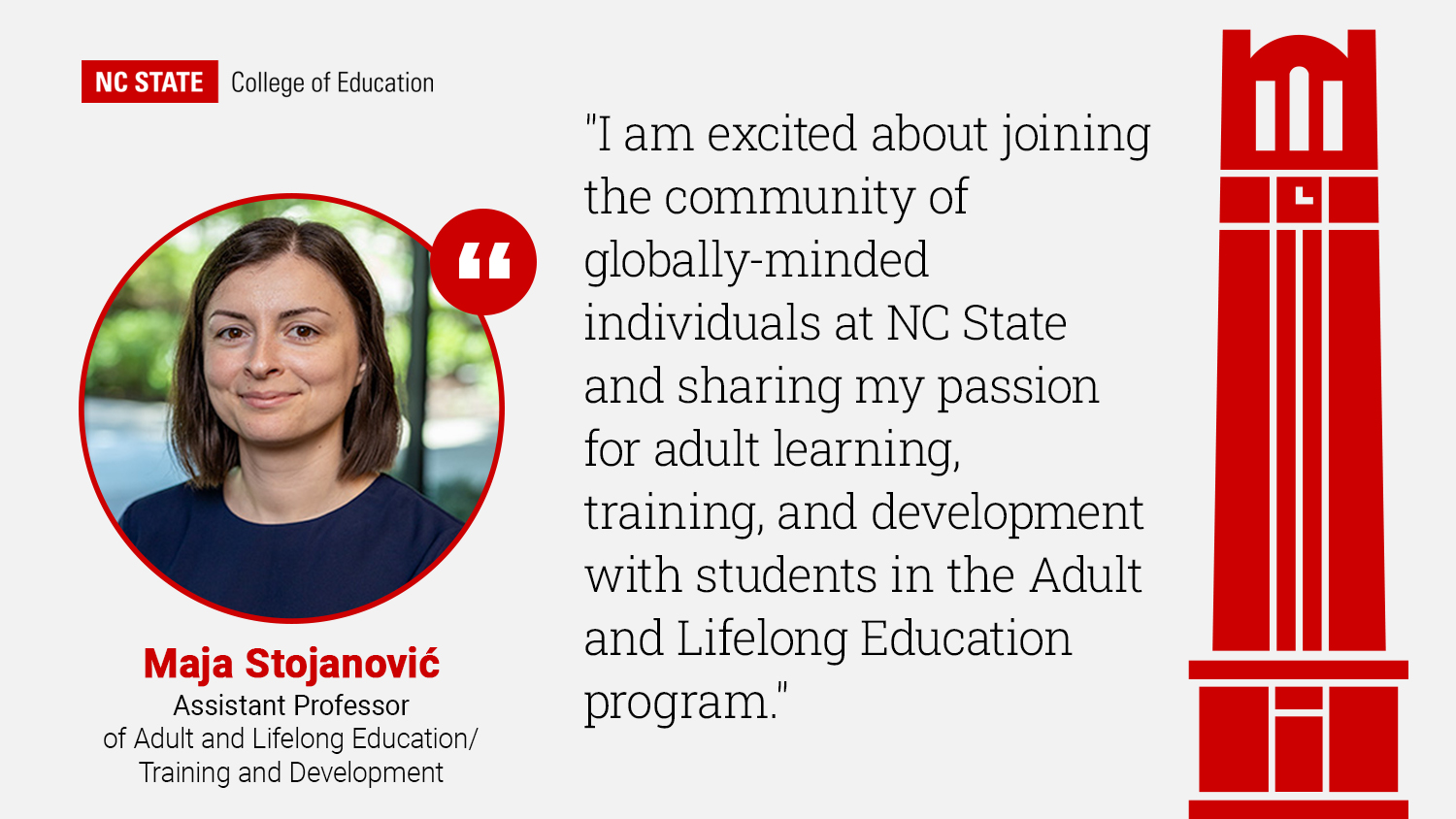Why is it Important to Have a Diverse Educator Workforce? ‘Positions of Influence, Power and Authority in Our Educational System Should Reflect the Multicultural Society in Which We Live,’ Says Associate Professor Anna Egalite
This is part of the monthly “Ask the Expert” series in which NC State College of Education faculty answer some of the most commonly asked questions about education.
The population of students in U.S. schools has been steadily diversifying over the past two decades, but many students of color will go through their entire K-12 career without ever encountering a teacher or school leader who shares their racial or ethnic background, said NC State College of Education Associate Professor Anna Egalite, Ph.D.
In 1995, 65% of public school students identified as white but that number has been dropping ever since. By the fall of 2017, the most recent year for which nationwide data is available, 48% of students identified as white, and that number is expected to reach 44% by 2029, Egalite said.
Meanwhile, the number of Black and Hispanic students has increased, with Black students representing 15% of all public school students and Hispanic students representing 27% of public school students.
Despite the increase in the number of students of color, the teacher and principal workforces in the U.S. have remained predominantly white, Egalite said.
The most recent statistics show that 80% of teachers in the U.S. are white, while 7% are Black and 9% are Hispanic. Similarly, 79% of school principals in the country are white, while 11% are Black and 9% are Hispanic.
“The racial representation gap between students and educators is large and growing,” said Egalite, whose research focuses on the evaluation of education policies and programs intended to close racial and economic achievement gaps.
The need to create a more diverse educator workforce is important, Egalite said. Her research has shown that students of color experience a variety of benefits when they are placed in a classroom with a teacher who shares their racial or ethnic background.
The body of literature in this area demonstrates that students who have had even one same-race teacher during their time in elementary and secondary school experience a wide variety of benefits that include higher test scores, lower rates of chronic absenteeism, fewer suspensions, higher rates of recommendation for gifted and talented programs, higher rates of enrollment in advanced courses and higher rates of high school graduation and college enrollment.
A study published by Egalite in 2017 that compared race-matched students to their classmates who did not share racial and ethnic characteristics with their teacher showed that race-matched students also experienced positive benefits in terms of their academic perceptions and attitudes.
“We find that students of color experience positive benefits in terms of the amount of personal effort they exert, their happiness in class, their feelings of being cared for and motivated by their teacher, the quality of student-teacher communication and even their college aspirations,” Egalite said.
Recruiting a more diverse teacher workforce may start with hiring a more diverse principal workforce, as research has shown that principals of color are more likely to hire and reduce turnover among teachers of color.
School districts looking to bring on more educators of color, Egalite said, might also have to think outside the box and consider ideas such as recruiting at out-of-state job fairs, partnering with teacher recruitment and support organizations or developing “grow-your-own” talent programs.
“Having a diverse teacher workforce sends a powerful signal that adults from all backgrounds have important contributions to make in our schools. Better representation is not just beneficial to students of color, but it can be valuable for white students too,” she said. “Those who advocate for diversification in the educator labor market often make the case that positions of influence, power and authority in our educational system should reflect the multicultural society in which we live.”
Video by Ryan Clancy
- Categories:



